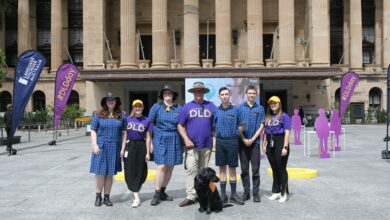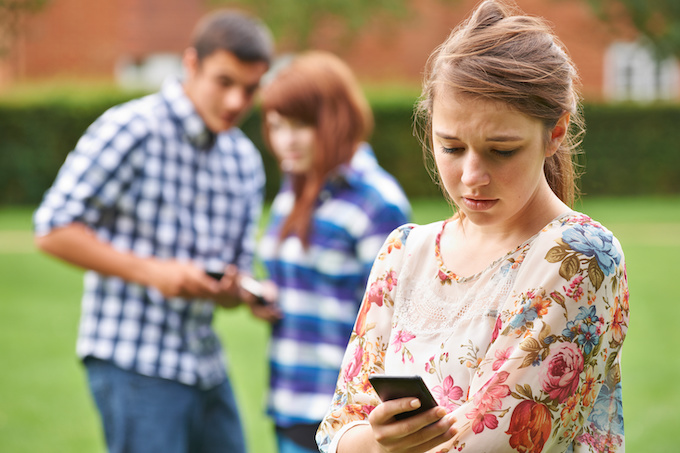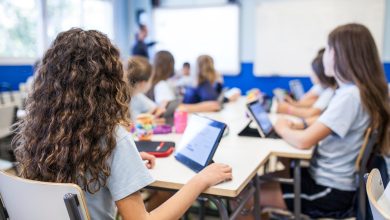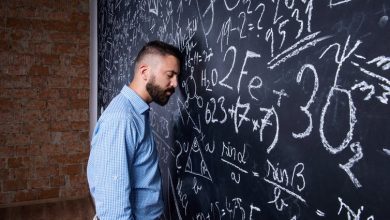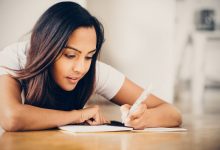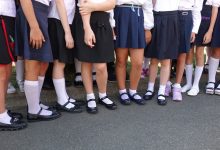The Knox School builds and pilots first lightboard
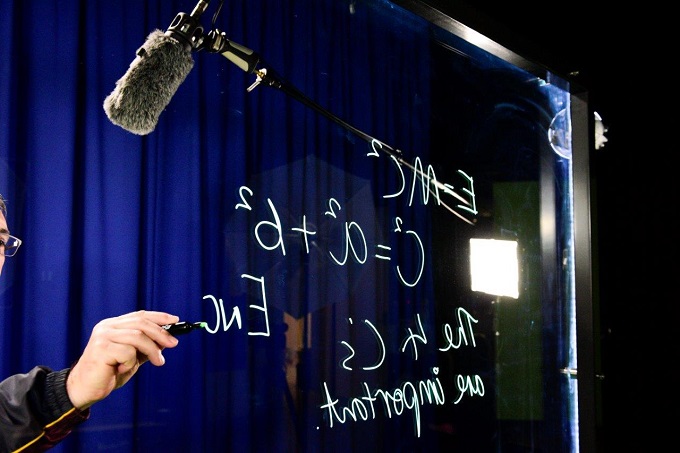
A lightboard is much the same as a blackboard or a whiteboard except that it makes use of glass to enable recording.
The great advantage of this is that teachers can be recorded as they teach; the recorded image is captured together with what has been written onto the screen and is made accessible to students outside class.
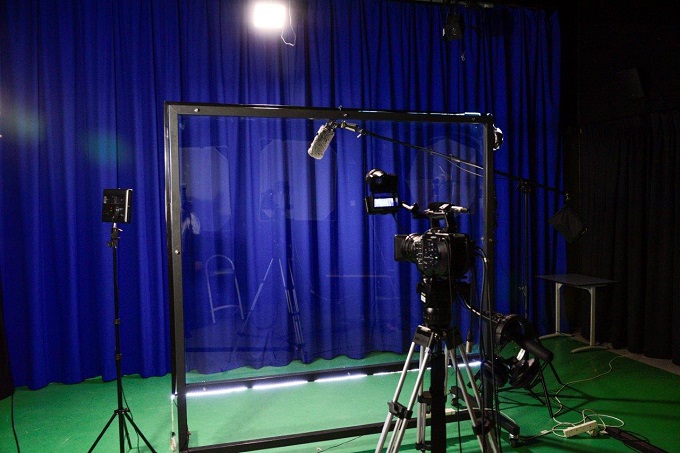
The technology is remarkably simple. A pane of glass surrounded by LED lights provides the illuminated screen. Positioned in a recording studio, a camera can then be positioned on one side while the teacher stands on the other. The teacher can then use the lightboard as they would in class, all the while speaking and explaining what they are teaching. In post-production, the image is then ‘flipped’ and writing that was recorded in reverse becomes legible. If you can ignore the fact that the teacher appears to be writing in reverse, what you have is a video that transposes the approach to teaching and learning with which both teacher and student are already familiar.
This is perhaps the most exciting aspect of the lightboard. As a bridge between the classroom and digital learning, the lightboard offers a familiar experience with the added benefits provided by recording the teaching and having it accessible beyond the timetabled class. So much of teaching is invested in the moment. Those who have taught the same subject for many years will without doubt have explained the same concept or skill multiple times throughout their career. Recording this through a lightboard provides an alternative. Here is a way to minimise the need to repeat the same task but capture it for posterity.
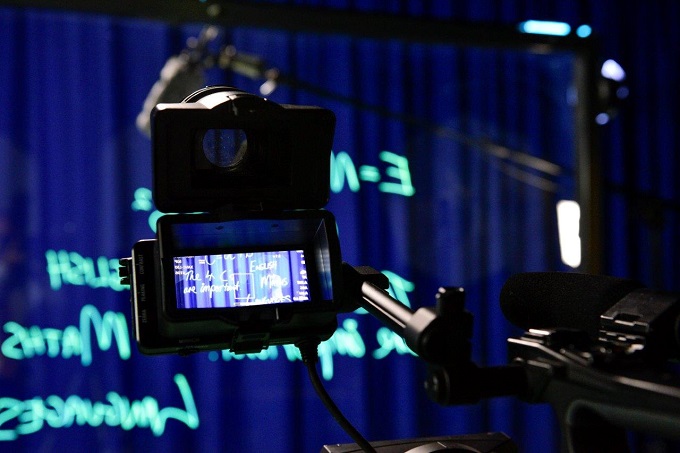

Of course, a lightboard and what it records cannot replace the human interaction and response to the specifics of a class dynamic which governs our classrooms. Indeed, students remain that: students. They are evolving learners and our greatest importance as teachers is our ability to understand the learning needs of a student and to assist them in the transfer of skill and knowledge. Rather than replace classroom interaction though, perhaps a lightboard is one means by which more time could be found for teachers to spend working with students to aid their learning. More time could be spent clarifying or assisting with writing, problem-solving, comprehension or discussion rather than grouped content delivery.
A lightboard may not be the future of education but for the time being it provides options that previously have been difficult to pursue. Many teachers have experimented with pod or video casting as a means to ‘flip’ the classroom and many have enjoyed great success. A lightboard becomes another resource that can assist with this blended learning experience and one that does not require the learning of a new skillset by the teacher. A lightboard should make the creation of digital content and thus the development of blended learning opportunities approachable for all teachers.
It is an exciting development that offers many opportunities and one with which The Knox School is keen to continue to experiment.

